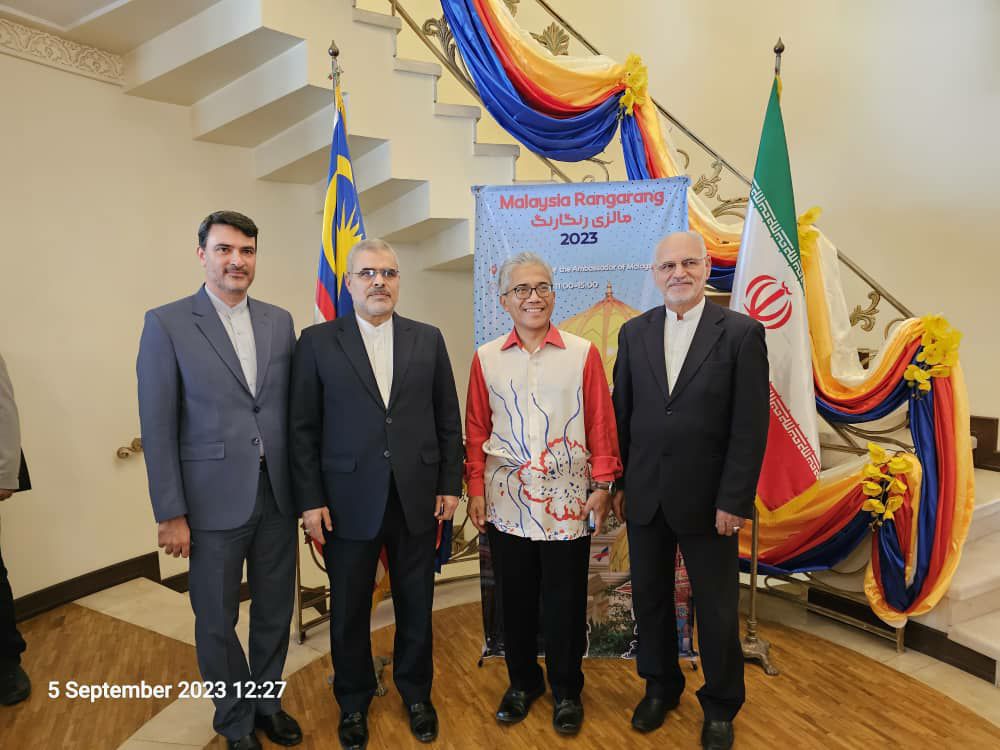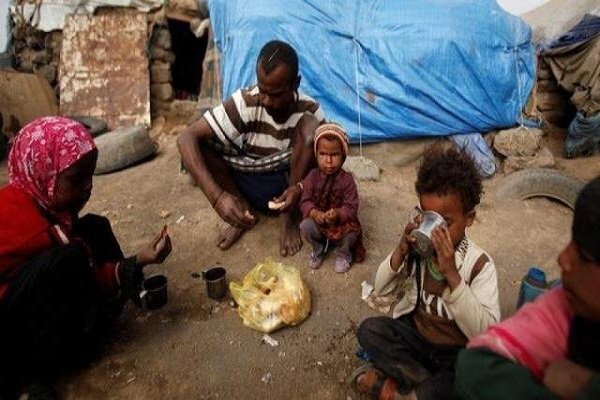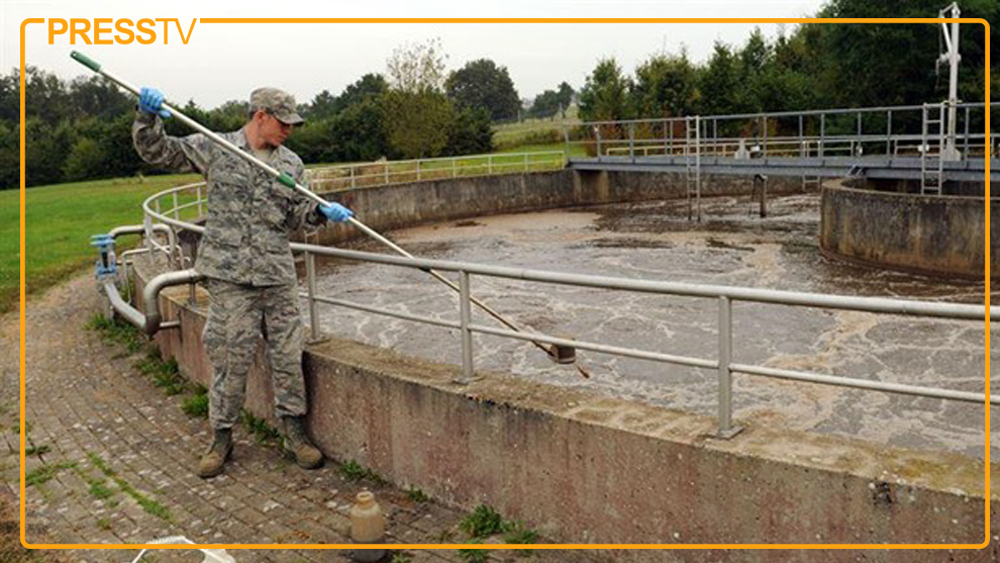Nuclear Science Strengthens Iran’s Food Security
TEHRAN (Iran News) Speaking on Saturday at the inauguration ceremony of the Agricultural Product Irradiation Center in Ardabil, Nouri Qazeljeh stated that the economic viability of agricultural production depends on ensuring that farmers can sell their products at fair market prices. He noted that sustainable agricultural production is crucial to achieving national food security and supporting the livelihoods of hardworking farmers.
“Products and produce from Iranian farmers must be sold at real, fair prices,” he said. “Only then can we ensure that agricultural production remains economically feasible and that our producers can continue their vital role in securing the nation’s food supply.”
The minister reaffirmed the government’s commitment to food security as a national and constitutional priority, echoing the guidance of the late Imam Khomeini and repeated emphasis by the Supreme Leader on ensuring a secure food system.
“The 14th government and the Ministry of Agriculture are determined to elevate the country’s food security to its highest possible level,” he said. “In this mission, our top priority is to support production and the producers themselves.”
Nouri Qazeljeh stressed that the Ministry of Agriculture has focused its efforts over the past year on supporting small-scale, rural, and village-based agriculture, while paying attention to the entire production chain. He added that every policy, regulation, and pricing strategy implemented during this period has been designed with the goal of empowering producers and sustaining domestic production.
“In the past year, it’s rare to find a major agricultural product that has faced a severe market crisis,” he noted. “That’s because we believe that both production and producers must remain strong to maintain national food security.”
The minister also outlined several key challenges affecting agricultural productivity in Iran, including climate change, water scarcity, limited natural resources, and soil erosion. He expressed the government’s determination to confront these obstacles through the application of modern science and technology — including nuclear innovations.
“We are committed to increasing production despite limited resources, drought, and climatic challenges,” he said. “This can only be achieved through the application of advanced science and technology, and through the use of nuclear knowledge.”
According to Nouri Qazeljeh, nuclear science contributes to agriculture in many areas — from genetic and crop improvement, to pest and disease control, food irradiation, and post-harvest storage and preservation.
“This technology can play a crucial role at every stage — from breeding improved plant varieties to reducing spoilage and losses after harvest,” he said. “It is a clear example of how peaceful nuclear technology directly benefits our farmers and our food supply.”
He expressed gratitude toward the scientists and specialists of Iran’s Atomic Energy Organization, acknowledging their valuable contributions to agricultural advancement.
“We in the Ministry of Agriculture, along with farmers’ cooperatives and agricultural associations, warmly welcome and deeply appreciate the valuable work of our nuclear scientists,” Nouri Qazeljeh said. “We hope that by expanding the use of nuclear technology in agriculture, we can achieve full self-sufficiency in food production and ensure 100 percent national food security.”
Highlighting Ardabil’s agricultural potential, the minister praised the province’s annual production of more than 700,000 tons of potatoes, noting that it not only meets domestic demand but also serves as a key export hub for the crop.
“The irradiation initiative led by the Atomic Energy Organization in Ardabil’s potato sector is highly valuable,” he said. “It improves storage, reduces contamination, and paves the way for expanded exports — a major boost for the province’s farmers and economy.”
According to IRNA, although Ardabil Province accounts for less than one percent of Iran’s total land area, it produces about four percent of the nation’s agricultural output — nearly 4.5 million tons annually. The province grows more than 400,000 tons of wheat, 750,000 tons of potatoes, and 450,000 tons of fruit each year.
Currently, about 750,000 hectares of Ardabil’s farmland are under cultivation, including 270,000 hectares of irrigated land and 480,000 hectares of rain-fed farmland. This year, wheat was planted across 275,000 hectares, making it the province’s largest crop.
In past years, Ardabil’s wheat production reached up to 600,000 tons, but prolonged drought, irregular rainfall, and adverse weather conditions have reduced yields by more than 50 percent over the last two years.
Ardabil Province, with 12 counties, is located in northwestern Iran, and remains one of the country’s most important agricultural centers — a key player in Iran’s ongoing effort to achieve food independence.
- source : IRAN NEWS ECONOMIC DESK






























